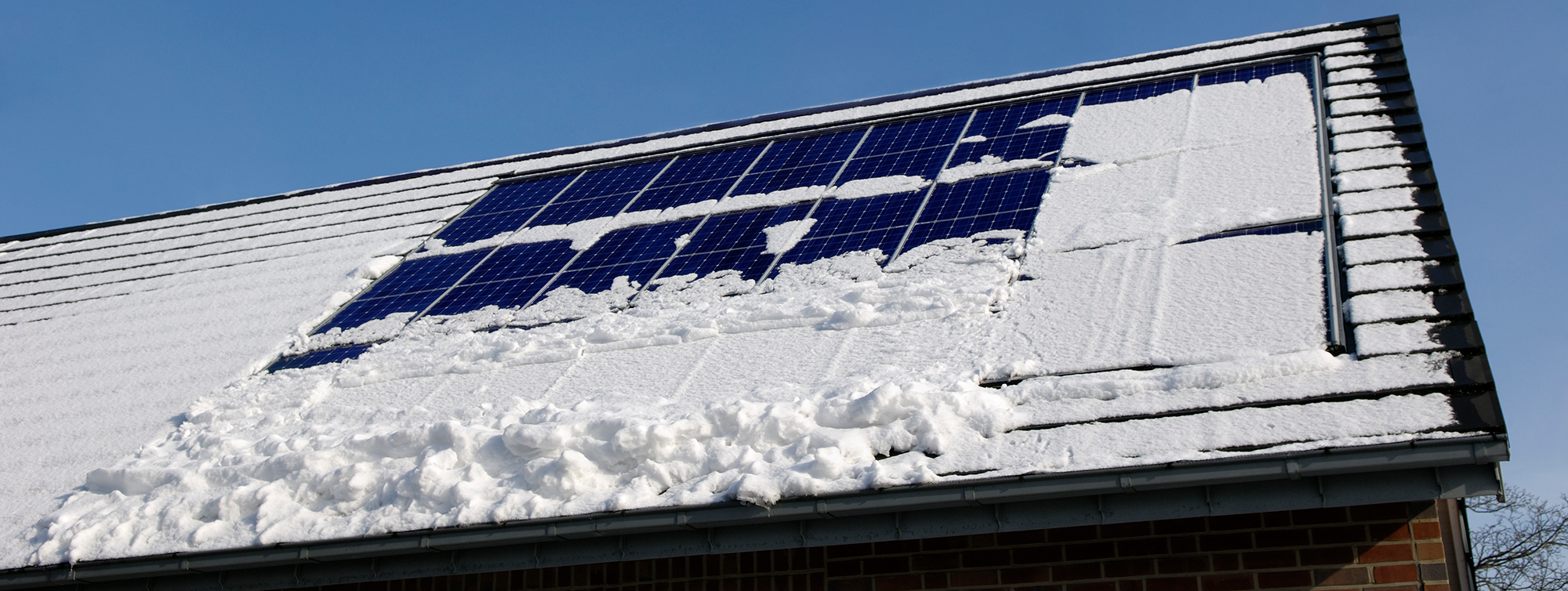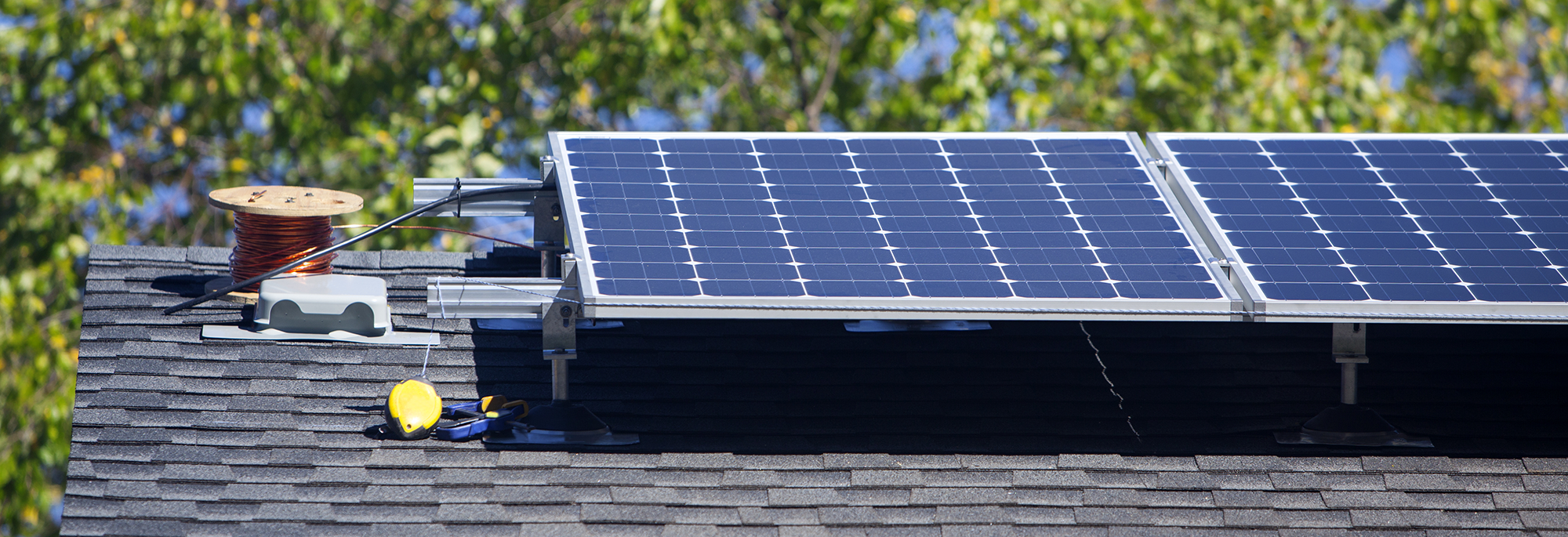Residential Solar Arrays
As energy prices continue to rise, many homeowners search for ways to save money. While reducing energy usage is a good first step to take, producing your own energy is another option. For the majority of homeowners, the most practical way to produce their own energy is the installation of a photovoltaic solar array. The past ten years have seen a large decline in the price of photovoltaic solar installations, and a corresponding rapid increase in the quantity of installations.
Solar panels are most efficient when they are south facing (for the northern hemisphere) and free from the shade of trees, buildings, and other structures. For most residential properties, the roof is the best place to find shade-free surfaces with a southern tilt. It is also the most economical, as no separate structure is required to be built on the ground. However, there are some implications for the roof of the residence that must be considered.
Due to the additional weight of solar panels, the roof of the residence must be evaluated for structural adequacy. Determining if the roof can support the extra weight of the solar panels is not as straightforward as it may seem. A typical rooftop solar installation will place the panels on rails that are anchored to the roof at 4-foot to 8-foot intervals. Therefore, the weight of the solar array is supported by only the rafters or trusses that have anchors installed. Additionally, when snow then falls on the panels, the weight of the snow is only distributed to the rafters/trusses which have anchors installed. This concentrates the loading to only a portion of the roof framing, greatly increasing the load on those rafters/trusses.

A reputable solar installer will engage a licensed structural engineer to evaluate the existing roof structure of the residence to determine if the roof has the required strength to support the addition of the solar array. If the existing roof is found to be lacking, reinforcement of the roof may be required. This may consist of adding pieces of lumber to existing rafters or adding new members to an existing truss. An overloaded roof may sag, cause cracks in interior ceiling finishes, or even collapse. Therefore, it is important that a structural engineer has assessed your roof and provided a sealed report stating that the roof is safe for the addition of a solar array.

Another important consideration when adding a solar array to your roof, is the water-shedding integrity of the roof. The mounting of a solar array on the roof requires anchors to be driven through the roof covering and into the roof structure below. For a typical asphalt shingle roof, proper installation will include the use of flashing and sealants. A proper installation will allow precipitation to continue to drain from the roof surface without penetrating through at the location of the new anchors. If anchors are installed improperly, moisture may be allowed to penetrate through the roof covering and into your home.
While solar may be a great option to reduce energy costs and protect the environment, it is important to ensure a proper installation to avoid potential repair expenses in the future.
About the Author
Cody E. Tarbell, P.E. is a consulting engineer with our Kansas City office. Mr. Tarbell provides structural evaluation and damage assessment of commercial and residential buildings and structures. You may contact Cody for your forensic engineering needs at CTarbell@edtkc.com or (913) 859-9580
Learn about how EDT Forensic Engineering & Consulting approaches cause of damage, and forensic engineering by assigning a file today.

